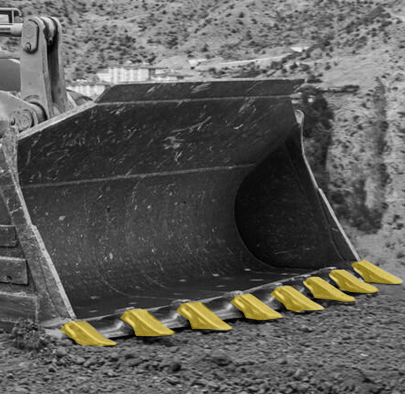
Free Quote
Free Quote

Free Quote
Free Quote
A guide to excavator attachments is essential for operators, contractors, and anyone involved in construction or excavation projects. Understanding the types, functions, and best practices for using these attachments can significantly enhance the efficiency and versatility of excavators. Here's a comprehensive guide to excavator attachments:
1. Types of Excavator Attachments:
a. Buckets: - Standard Excavator Bucket: Used for general digging and excavation tasks. - Trenching Bucket: Designed for digging narrow and deep trenches. - Grading Bucket: Equipped with a smooth cutting edge for precise leveling and grading.
b. Cutting and Demolition: - Hydraulic Hammer/Breaker: Breaks down concrete and rocks. - Rock Ripper: Ideal for excavating hard and rocky terrain. - Concrete Pulverizer: Crushes and demolishes concrete structures.
c. Material Handling: - Grapple Attachment: Grabs and lifts materials, useful for waste handling and forestry. - Hydraulic Thumb: Provides additional gripping ability for handling irregularly shaped objects. - Forks: Designed for lifting pallets and other materials.
d. Specialized Excavator Attachments: - Auger Attachment: Used for drilling holes in the ground. - Tiltrotator: Enables the excavator bucket to tilt and rotate for increased precision. - Compaction Wheel: Compacts soil or other materials.
e. Land Clearing and Vegetation Management: - Mulcher Attachment: Shreds vegetation and small trees. - Brush Cutter: Clears underbrush and vegetation efficiently.

2. Choosing the Right Attachment:
Identify the specific tasks and requirements of the project.
Consider the type of material being excavated (soil, rocks, concrete) and its hardness.
Assess the terrain and working conditions, including space constraints.
3. Installation and Removal:
Always follow the manufacturer's guidelines for attaching and detaching.
Ensure the excavator is turned off and stable before attaching or removing an accessory.
Use proper safety procedures, including securing the attachment with locking pins.
4. Operation and Maintenance:
Understand the excavator's load capacity and limitations with each attachment.
Regularly inspect and maintain attachments to ensure they are in good working condition.
Lubricate moving parts as recommended by the manufacturer.
5. Safety Considerations:
Provide operator training on the specific use and safety guidelines for each attachment.
Use personal protective equipment (PPE), including helmets, gloves, and safety glasses.
Clear the work area of personnel before engaging any attachment.
6. Tips for Efficient Use:
Plan and organize tasks to minimize attachment changes.
Use the appropriate bucket size for efficient digging and loading.
Take advantage of tiltrotators for increased precision and flexibility.
7. Environmental Awareness:
Be mindful of environmental regulations, especially when using attachments like mulchers or grapples.
Implement practices that minimize environmental impact, such as proper disposal of waste.
8. Cost Considerations:
Evaluate the cost-effectiveness of renting or purchasing attachments based on project needs.
Factor in the long-term savings and efficiency gains when using specialized attachments.
9. Stay Informed about Technological Advancements:
Keep abreast of innovations in excavator attachment technology for potential efficiency gains.
Explore telematics and smart technologies that can enhance attachment performance.
10. Consult with Experts:
Seek advice from equipment dealers, manufacturers, or experienced operators for guidance on the best attachments for specific tasks.
By following this guide, operators and contractors can maximize the utility of excavators, improve project efficiency, and ensure safety in various construction and excavation applications. Regular training and staying informed about advancements in attachment technology will contribute to the overall success of construction projects.